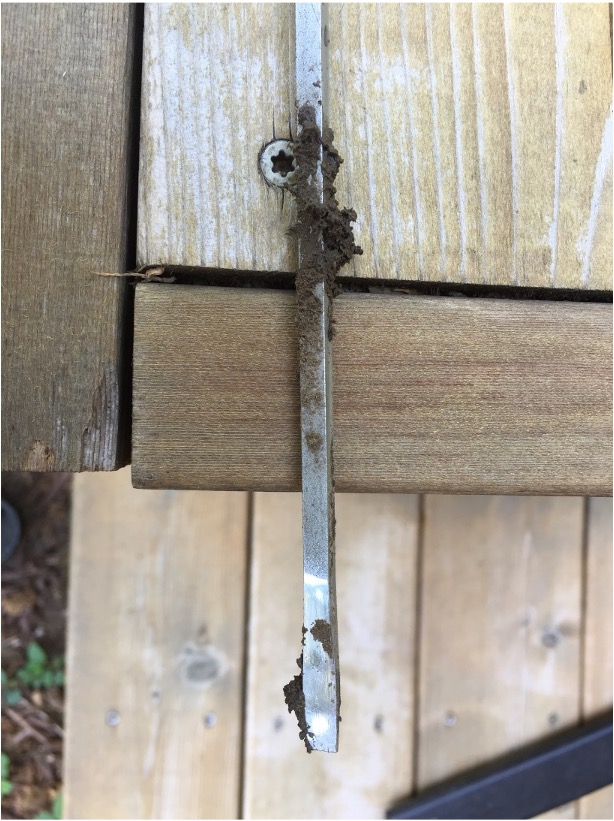
By Sarah Browning, Extension Educator in Lancaster County
Using good irrigation or watering techniques is key for maintaining plant health and conserving water. But, most gardeners water too frequently and/or apply too little water at each irrigation. No matter what plant you’re watering — lawns, perennials, shrubs, trees — applying water deeply promotes a more extensive root system and makes plants healthier overall.
With just a few simple techniques, you, too, can up your irrigation game!
DEEP AND INFREQUENT
What’s the problem with frequent irrigation? Frequent, light applications of water, such as 15–20 minutes three or more times per week, often results in a shallow layer of continually wet soil, which prevents oxygen movement into the soil. Plant roots use oxygen in the soil pore spaces for the normal growth process, and without it, they will eventually begin to die. This type of watering is particularly harmful to woody plants.
What does “deep” mean? Try to keep soil moist about 1/2-inch deeper than the deepest living roots of whatever plant you are irrigating. Generally, 6-inches for turf, 8–12 inches for ornamentals and vegetables and 12–24 inches for trees and shrubs.
What does “infrequent” mean? It depends on air temperature and your soil type. Clay soil holds more water and stays moist longer, while sandy soil holds less water and will require more frequent irrigation. During cool periods with no rain, infrequent may mean one deep irrigation per month on clay soil. During hot periods, it may mean 2–4 deep irrigations per month. It all depends on how quickly the soil dries out and the root depth of the plants being irrigated.
Use the screwdriver method to determine your current soil moisture, then decide if conditions have gotten dry enough to warrant irrigation. For turf, the following signs indicate irrigation is needed:
• A color change from bright blue green to a duller green as plants get drier.
• Wilting of leaf blades or foot prints left in turf after it is walked on.
SCREWDRIVER TECHNIQUE
A long-bladed screwdriver or other metal probe can be used to assess current soil moisture or the depth of moisture penetration in soil after irrigation. Phillips or flat head? It doesn’t matter, just use the same screwdriver consistently so you develop a feel for soil resistance. Ideally, the blade should be about 12-inches long or more.
To assess current soil moisture, push the screwdriver into the ground. It should move easily through moist soil and may even come out wet or muddy when moisture is very high.
If it’s difficult to push the screwdriver into the soil, moisture is low and your plants may need irrigation. With time and practice, you’ll develop a feel for your soil and the resistance level which indicates watering is needed.
After irrigation, probe the soil until you reach a layer of greater resistance. Remove the probe and measure the depth of soil moistened.
SOAK AND CYCLE TECHNIQUE
How do you get irrigation water to go deep and not waste water to runoff? Try the soak and cycle technique.
Cycle through your zones once using a run time short enough to end irrigation before water starts to run off the landscape. Then cycle through the zones a second time in the same day to push the water down deeper.
Your plants, both turf and trees, will thank you for changing to a deep and infrequent watering schedule.